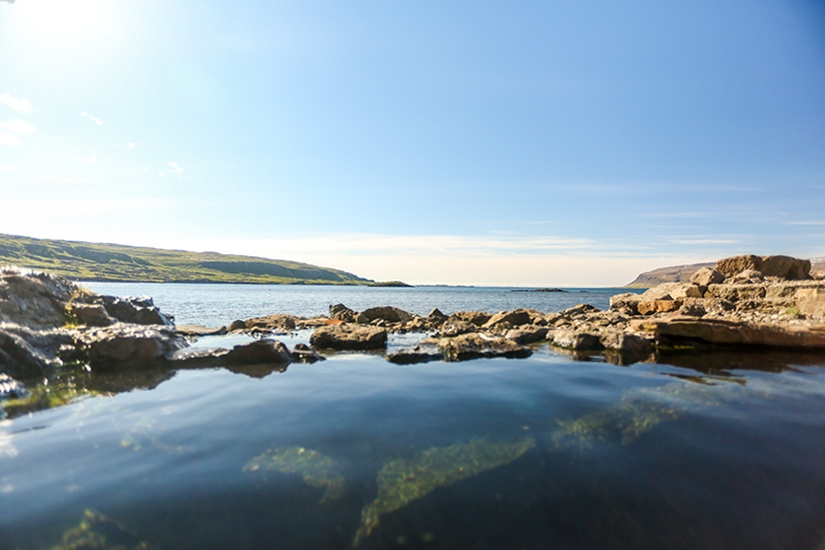
28 Jan Relaxing at Hot Springs in Iceland
We are never ones to pass up a hot spring experience–we’ve soaked in waters around the world and are always up for more. Because of Iceland’s active geothermal lands, there are hot springs in every direction. The hot spring varieties are practically endless; you can find them in rivers, pools, caves, spas, and even beaches.
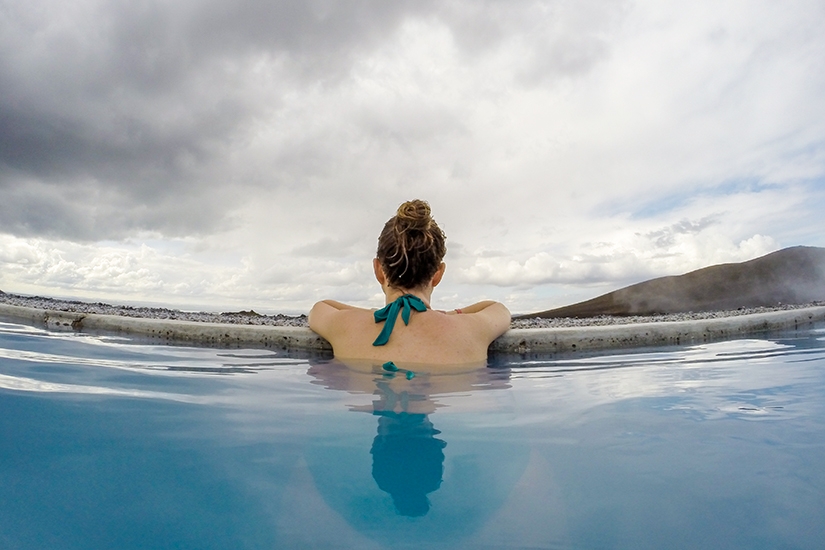
No matter which hot springs you decide to visit, you really can’t go wrong! Some are located out in the silence and beauty of nature, while others are located at nice spa facilities—either way, they are all surrounded by stunning scenery.
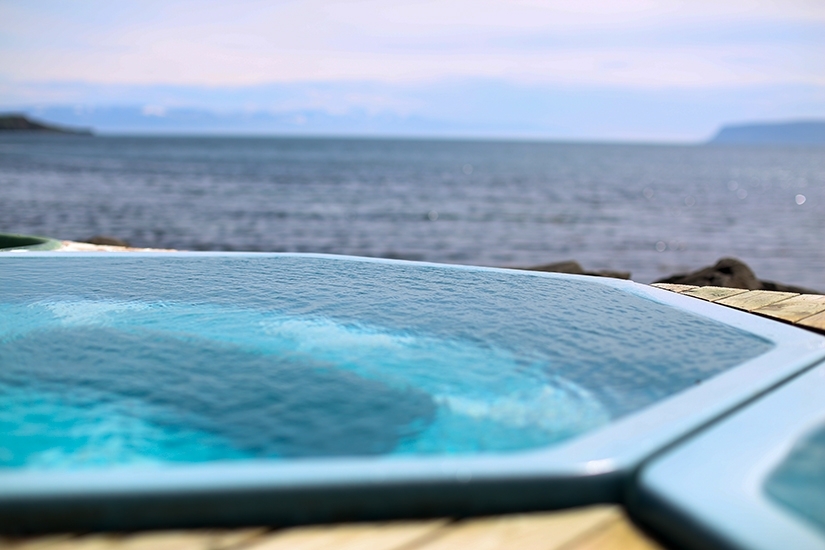
On our most recent trip to Iceland, we made it to four different hot springs. We had plans to visit a few more, but the weather and our schedule didn’t quite cooperate. So, now we have many more on our list to check out in the future. Some of the hot springs we have on our list to visit in the future are the Secret Lagoon, Nauthólsvík Geothermal Beach, Reykjadalur Geothermal River, Seljavallalaug, Hrunalaug Hot Spring, and Landmannalaugar Hot Pot, just to name a few.
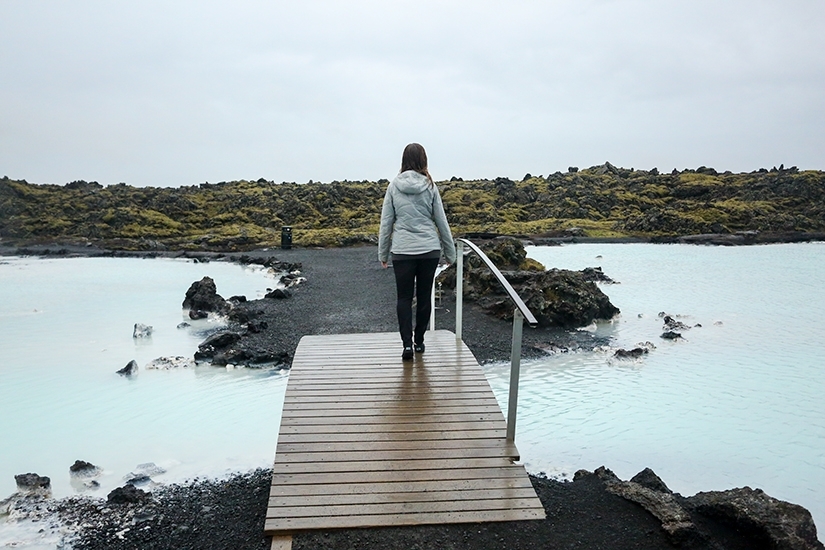
Here’s a breakdown of the hot springs that we did visit and our thoughts about each. They were all unique in their own way and we had a wonderful time exploring them all!
Hellislaug:
The natural geothermal pool, Hellislaug, is located in the Westfjords near Flókalundur. Of all the hot springs that we visited, this one was one of my favorites—it is located behind a cliff right on the shore of Breiðafjörður Bay, and there are just a few rocks separating you from the expansive bay. The hot spring is set in a pool made of rocks and concrete and steamy hot water is fed from a well above the boulder. To reach Hellislaug you can park in the car park and walk the short path down to the water. It is hidden from the road and we were the only ones soaking in the waters when we visited. We made our way to Hellislaug after a night of camping in Flókalundur, and it was such an amazing way to wake up and start our day!
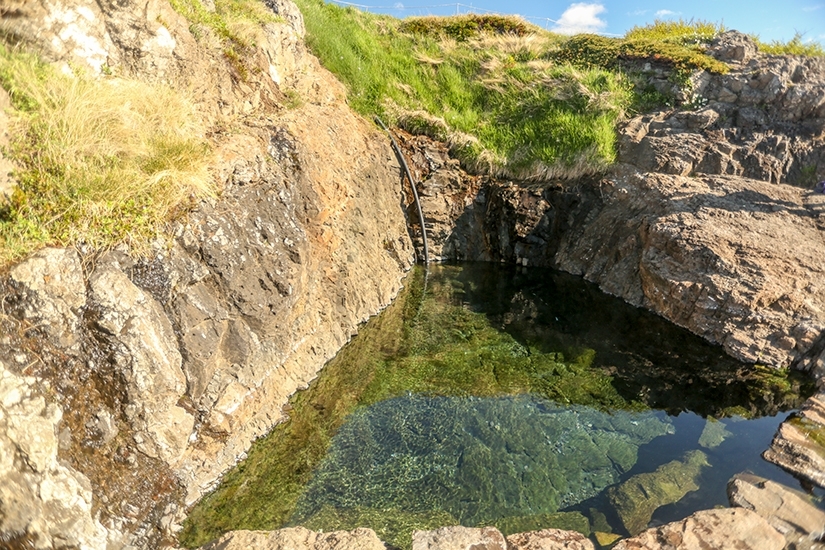

Drangsnes Hot Pots:
The Drangsnes hot pots are located in the small town of Drangsnes in the Westfjords. Drangsnes is a town with around 100 or so residents so it is a pretty quiet area. These hot pots are also located right by the water, but they are in a more jacuzzi style hot tub instead of a rock pool.
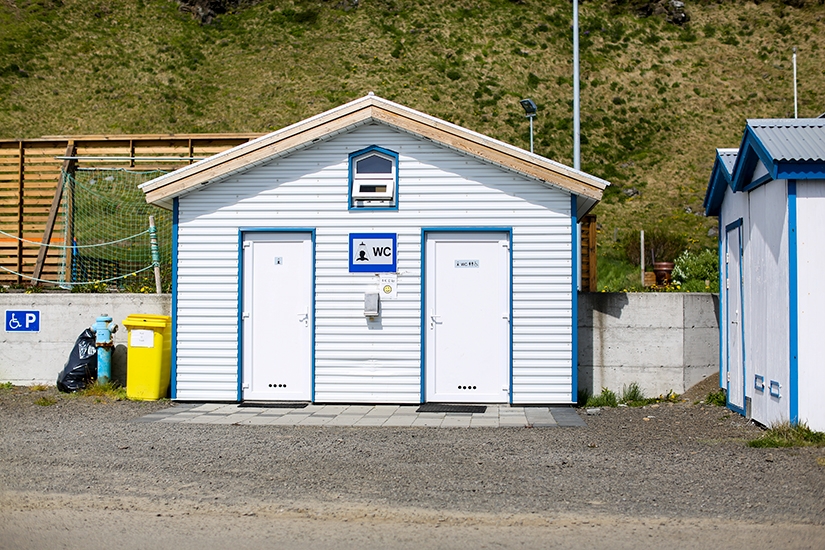
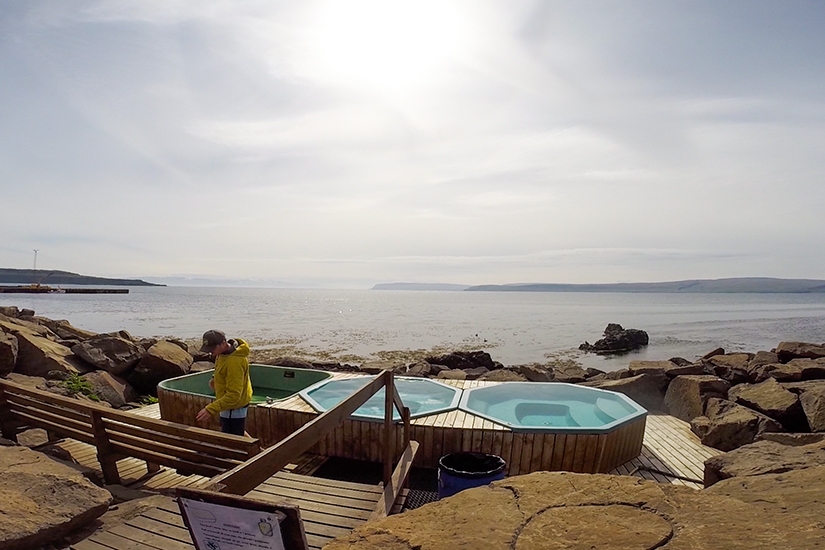
To find this little gem, keep an eye out for a sign and changing room, and the hot pots are located directly across the street. The changing room has clean showers, toilets and a small donation box to keep the hot pots clean and running. There are three side by side tubs, but when we arrived only two had water in them. One was filled with extremely hot water and the other was a more comfortable warm temperature.
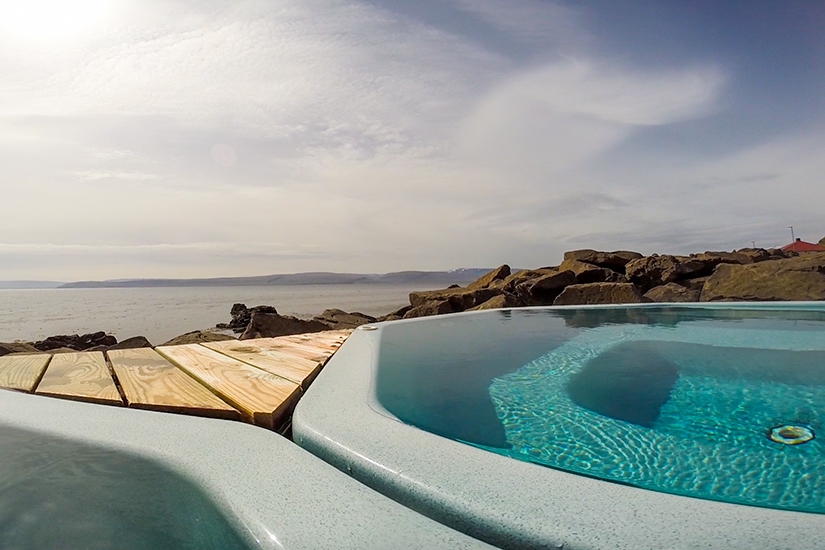
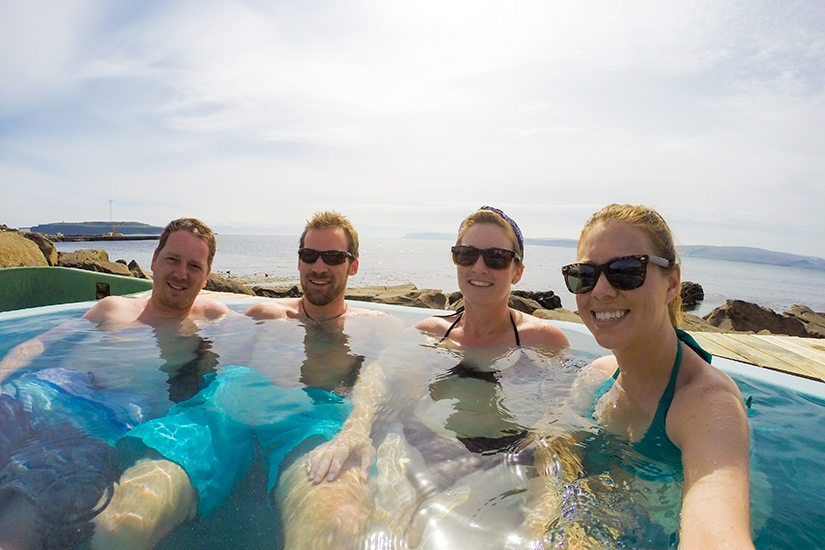
Blue Lagoon:
The Blue Lagoon is the most popular hot spring in Iceland and with good reason. Its steamy, milky blue waters are set in a rocky lava landscape, and it looks like a scene straight out of a dream. The waters here consist of runoff from the nearby geothermal plant—I know that sounds a bit sketchy, but it’s not, I promise. On our first visit to Iceland, we stopped at the lagoon in the morning after our flight landed, and our second visit occurred on our last visit to Iceland when we went for a late night soak under the midnight sun.
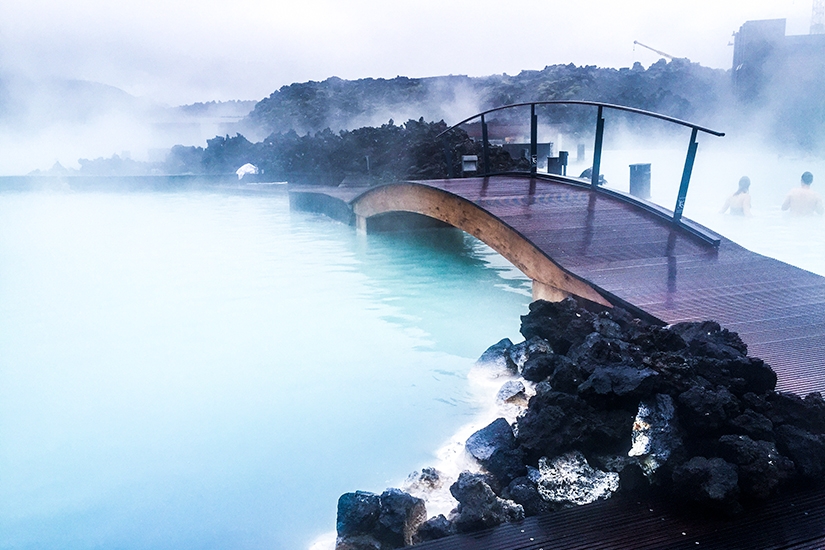
The Blue Lagoon is a spa facility and the waters filled with healing minerals are great for your skin (but not so great for your hair!), so be sure to plan a few hours for relaxing and exploring. There are nice locker rooms where you can store your belongings and take a shower, as well as a large pool for soaking, steam rooms, saunas, a restaurant and a café. The Blue Lagoon also offers a variety of spa services such as in water massages that are to die for—we got 50 minute massages on our first visit and spent the rest of the day in a trance!
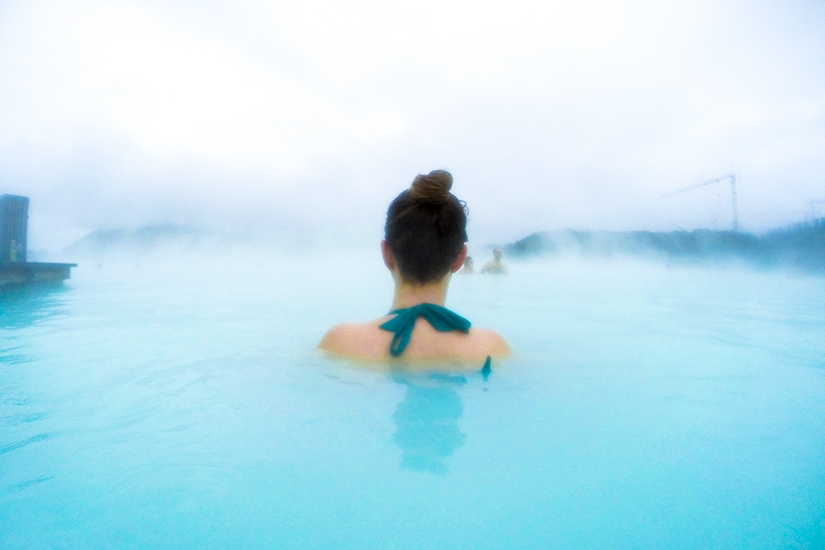
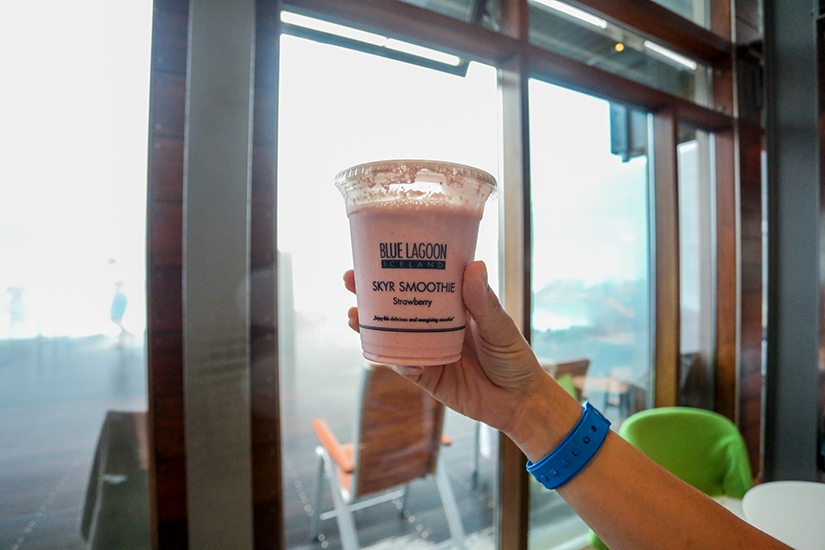
Myvatn Nature Baths:
The Myvatn Nature Baths are located in a stylish complex with a nice locker room, steam baths, a restaurant and a beautiful lagoon. The lagoon has several waterfall features that give you a nice massage when standing underneath them, as well as little alcoves with benches and views overlooking the active geothermal landscape in the fields surrounding the facility. The water here also contains minerals and alkaline, so your skin will feel great after going for a swim in the steamy waters.
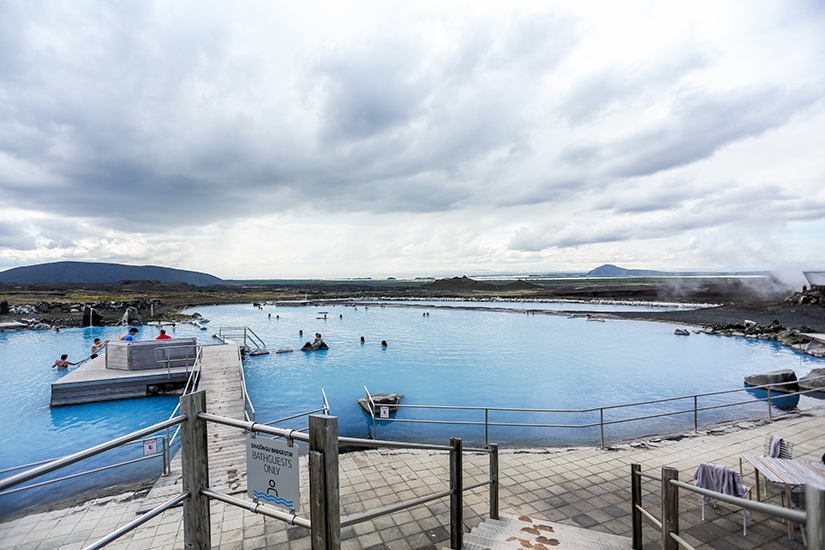
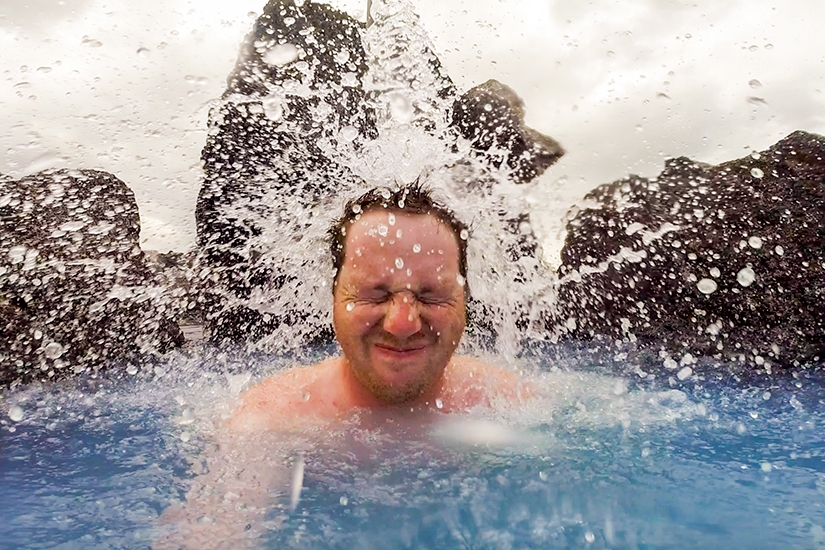
Grjótagjá:
Ok, I know I said we visited four hot springs, and this is number five on the list. Grjótagjá is a rift cave with a hot spring inside and it is located near the Myvatn Nature Baths. The reason I didn’t count this one is because swimming in the water is no longer allowed. You can still visit the cave and explore on foot, but be respectful of the signs and don’t go for a dip. Even though we couldn’t hop in the water, we still loved exploring the cave. The water was a vibrant blue and the rocks inside the rift made for a stunning backdrop.
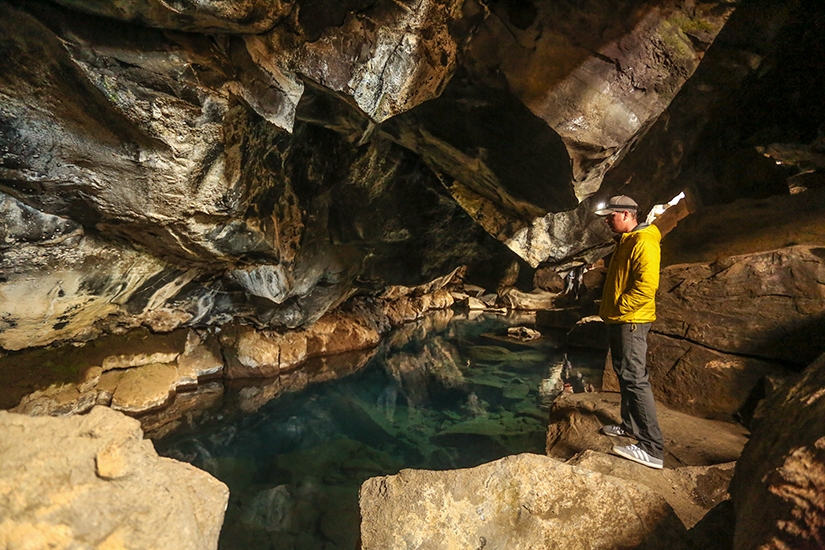
Etiquette and tips for swimming in Iceland:
All of these hot springs can be visited on your own, but there are also several hot spring tours that you can join, as well. Either way, remember these etiquette tips:
- Respect the land and nature around you–please don’t litter or disrupt the natural landscape.
- Always shower and wash yourself before entering the water if there is a shower available.
- If you are visiting a hot spring on private land, be sure to ask for permission.
- Be sure to test the water temperature before hopping in—the water temperatures can change unexpectedly and some of the hot springs you might come across are way too hot for humans.
- It’s a good idea to bring your own towel. Some of the spa facilities have towels available for rent, but if you are planning on visiting a hot pot that’s not at a spa, you will want your own towel.

